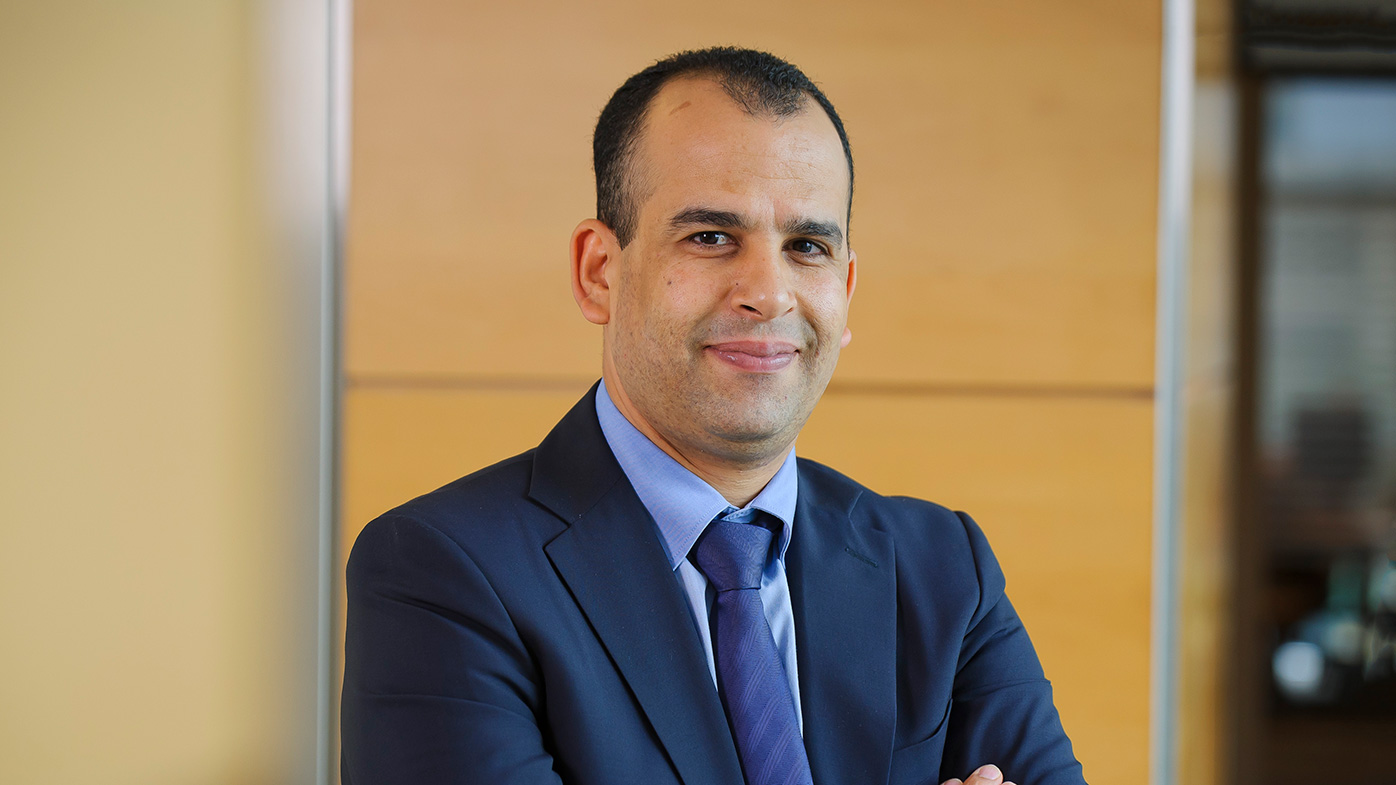
An estimated 2.2 million new cases of breast cancer are diagnosed globally each year, making it the most common cancer among women and the second most common cancer in the world. It’s estimated that 1 in 8 women will develop some type of breast cancer in her lifetime. Breast cancer also affects men, though it is much less common. Globally, less than 1% of all breast cancers are diagnosed in men. However, some breast cancers are caused by inherited genetic mutations, which can be passed down from male and female carriers.
Breast cancer can be almost as diverse as it is prevalent, which means prognoses and survival expectations can vary widely based on type, stage and tumor characteristics, such as hormone receptor (HR) status and human epidermal growth factor receptor 2 (HER2) status.




